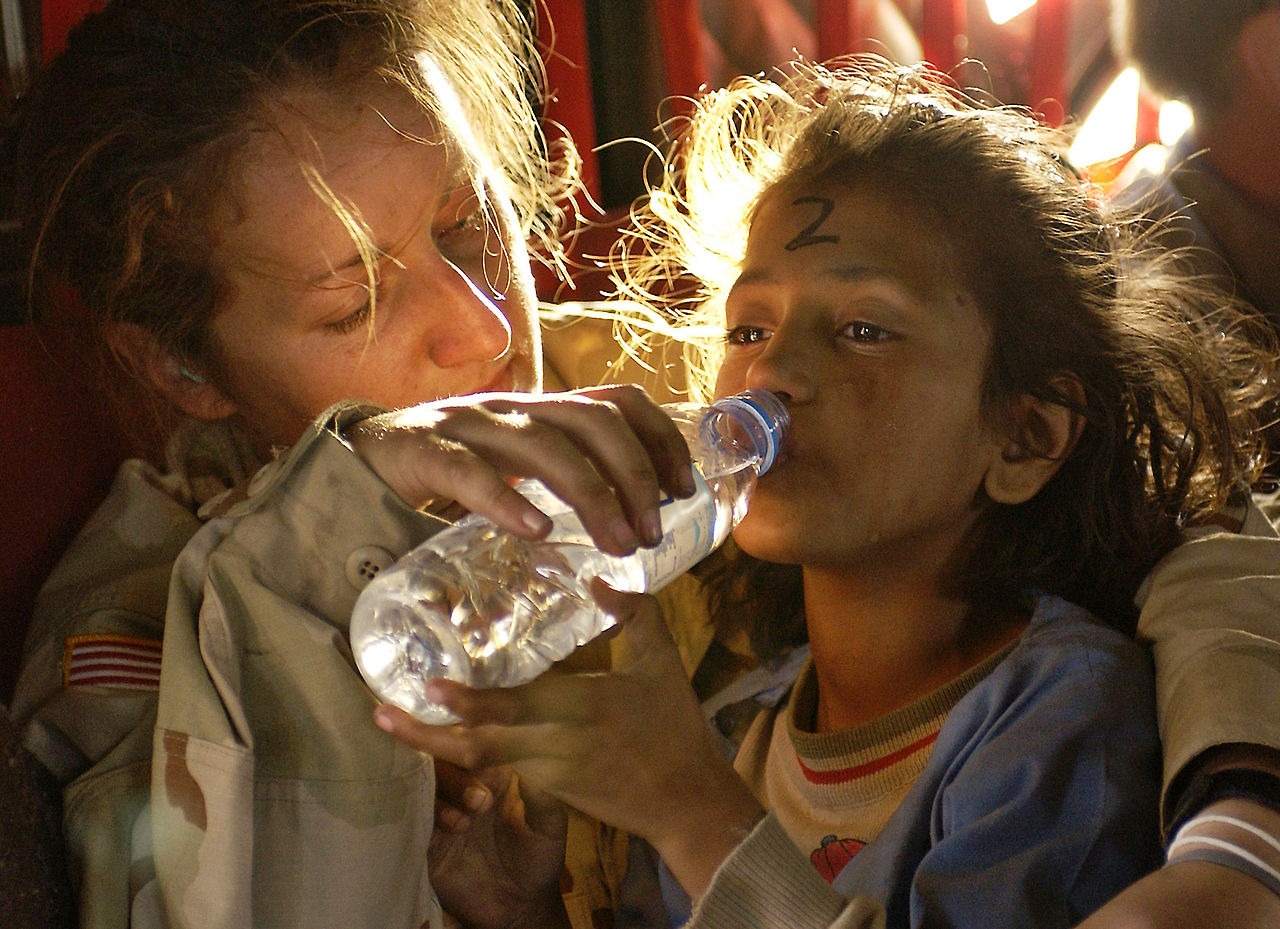
Unveiling the Hidden Perils: Microplastics in Bottled Water. Are Britons at risk?
The Bottled Water Boom in the UK
In recent years, the United Kingdom has witnessed an unprecedented surge in the consumption of bottled water, with an annual intake reaching a staggering three billion liters. Once considered a convenient solution to staying hydrated on the go, bottled water has become an integral part of the nation’s lifestyle.
Unmasking the Microplastic Menace
A recent study published in the Proceedings of the National Academy of Sciences has sent shockwaves through the bottled water industry. Contrary to previous estimates, the research reveals that popular bottled water brands contain an alarming 10 to 100 times more microplastics than previously thought. With an average of 240,000 detectable plastic fragments per liter, the health implications raise serious concerns and warrant further exploration.

The Silent Threat of Microplastics and Nanoplastics
Microplastics, particles under five millimeters in size, have permeated various aspects of our environment, from polar ice caps to mountain peaks. However, the study goes beyond the familiar territory of microplastics and delves into the realm of lesser-known nanoplastics, particles smaller than one micrometer. These tiny particles pose a unique threat as they can easily traverse the digestive system, lungs, and even cross the placenta to reach the organs, including the brain and heart.
The Columbia University Study
To unravel the extent of nanoplastics in bottled water, researchers from Columbia University conducted a meticulous analysis of three leading brands. Employing lasers to identify specific molecules, As reported by Agence France-Presse (AFP), the study found between 110,000 to 370,000 particles per liter. A staggering 90 percent of these were nanoplastics, predominantly nylon, possibly originating from plastic filters used in water purification. Other plastic types, including those constituting the bottles themselves, were also detected.

Towards a Healthier Alternative
Amidst the growing concern, the study suggests tap water as a potential alternative. Co-author of the research, Beizhan Yan, emphasizes that while the study urges consideration of alternatives like tap water, it does not advise against bottled water consumption when necessary. Striking a balance between the risk of dehydration and potential nanoplastics exposure is crucial for informed choices.
Beyond Bottled Water – A Call for Further Research
As we navigate the waters of bottled water safety, the study acts as a catalyst for further research. It prompts contemplation on the sources, implications, and alternatives, paving the way for a more comprehensive understanding of the microplastic conundrum. In the quest for healthier hydration options, informed choices and ongoing research will play a pivotal role in shaping the future landscape of our water consumption habits.

Greetings, readers! I’m Gaurav Ganguly, the engineer-turned-author at British Pulse. Armed with an analytical mind and a penchant for clarity, I bring you news with a unique perspective. Join me in exploring the world of current affairs through the lens of an engineer – where precision meets storytelling. Let’s decode headlines together on British Pulse.




